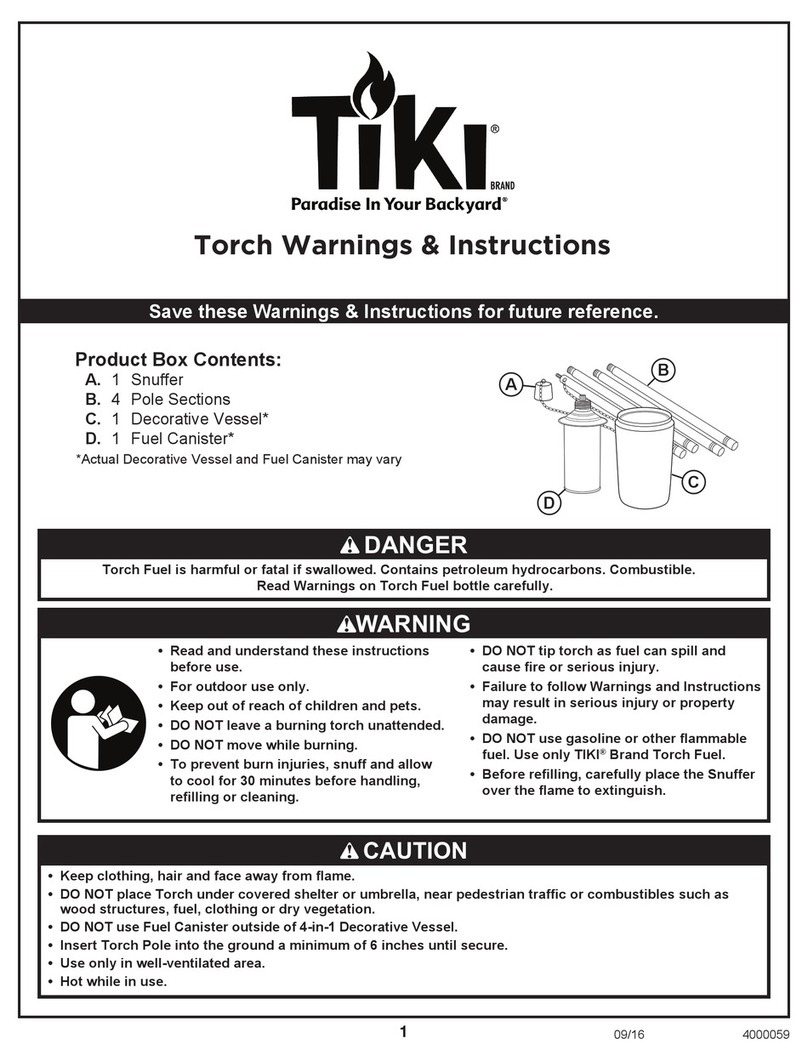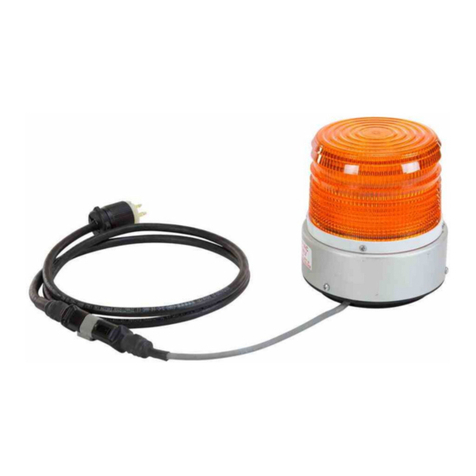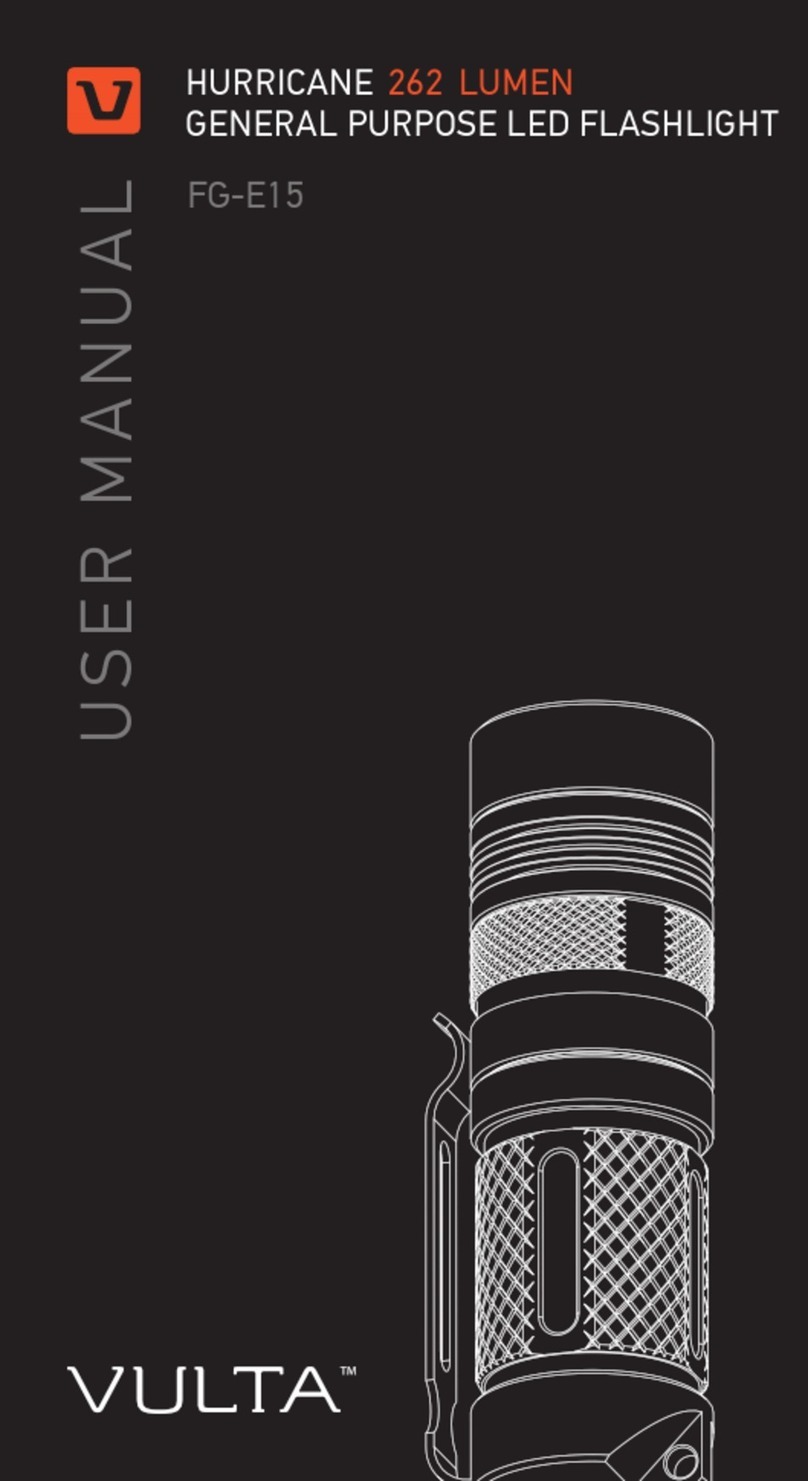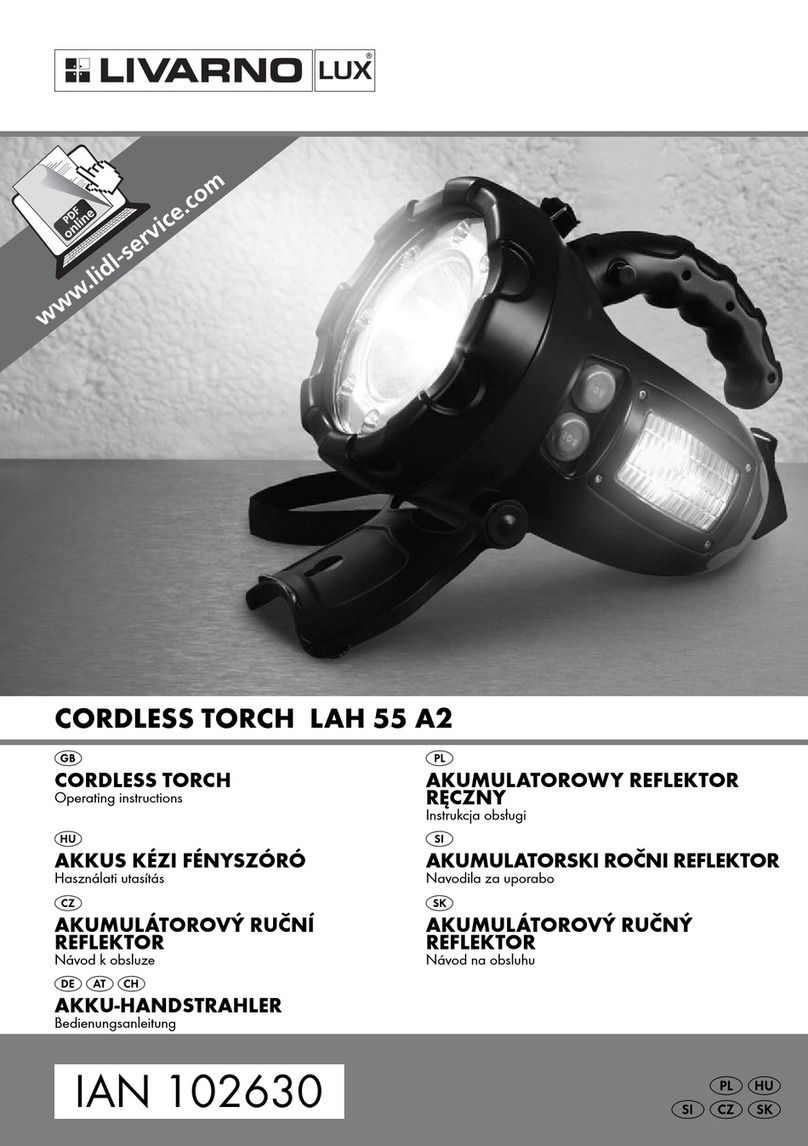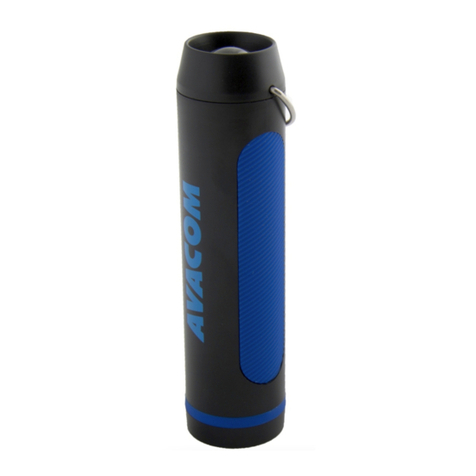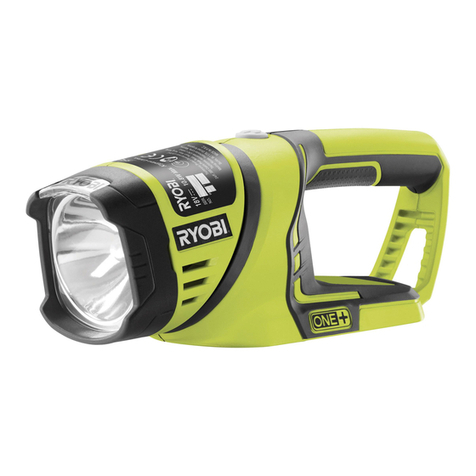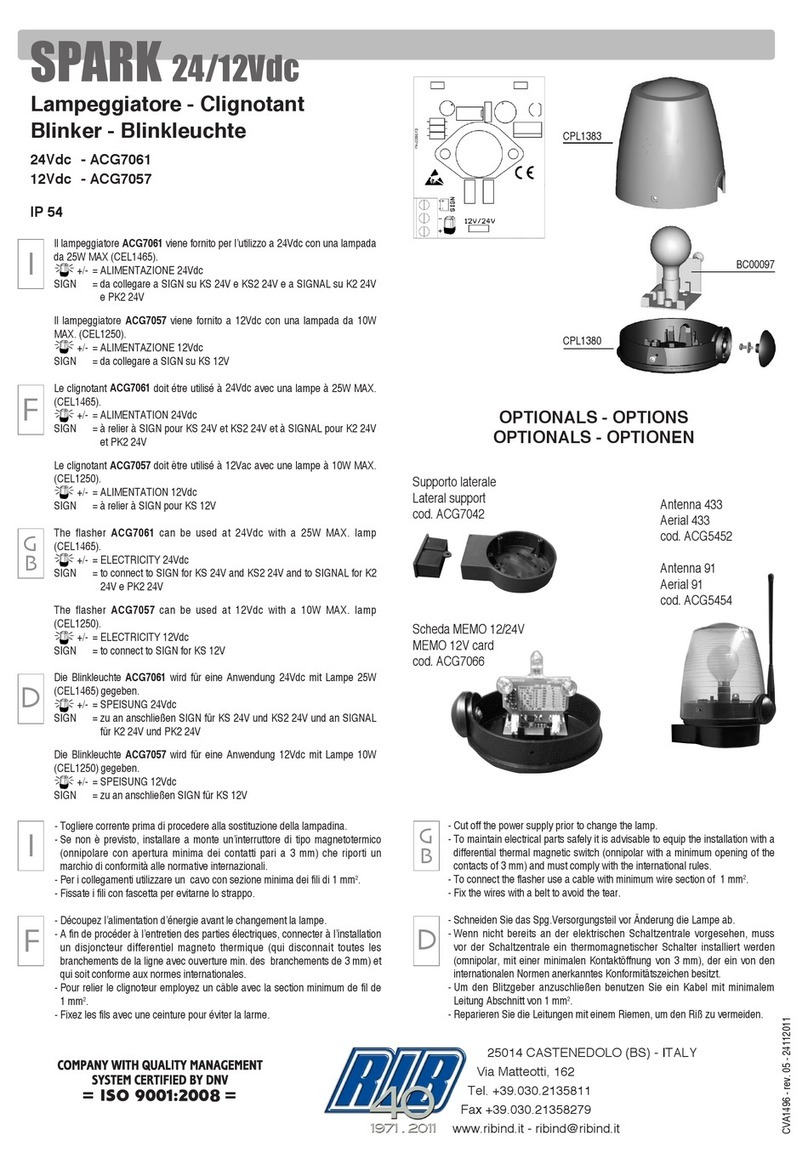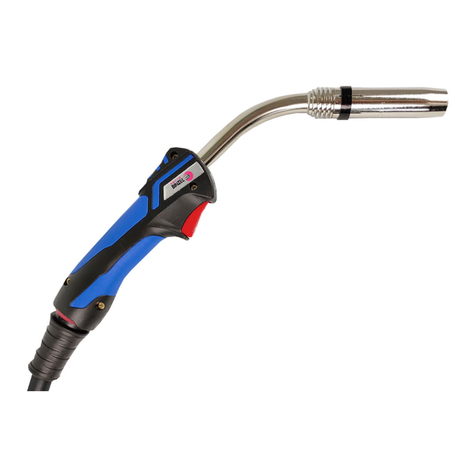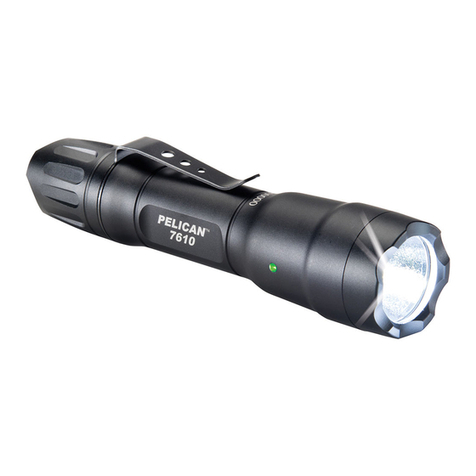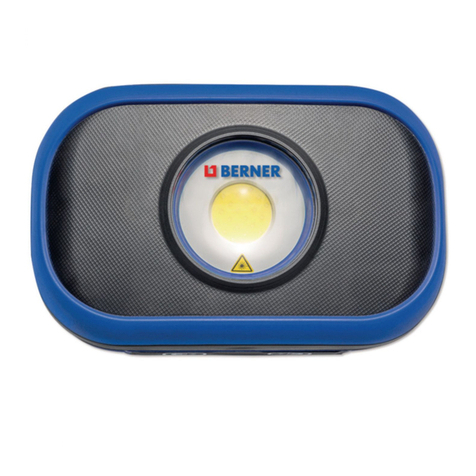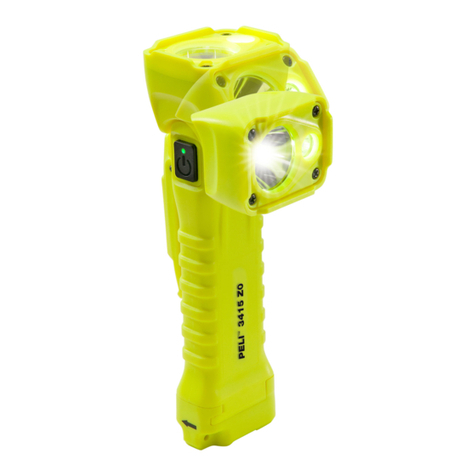Our name stands for technical revolution
Thank you for choosing MULTIBLITZ, we hope you enjoy
working with this premium quality product.
Physicist Dr. Ing. Dieter Mannesmann, who founded Multiblitz
in 1948, is considered one of the pioneers of studio flash
technology. Through the development of the first electronic
flash units under the name „Multiblitz“ he revolutionized
professional photography. With the help of this new light
source, it was possible for photographers to trigger multiple
flashes without changing the flash bulb after each image. This
groundbreaking invention was followed by many more ideas
and innovations. Among other things, Dr. Ing. Mannesmann
derived today’s common definition of the Guide Number,
which is used by photographers throughout the world. To date,
we are continuing the legacy of Dieter Mannesmann with new
groundbreaking concepts and reliable premium lighting
solutions.
We are one of the most innovative studio lighting equipment
manufacturers in the world, and have been for over 65 years.
Our goal is to set new standards and to achieve the best
outcome for all those for whom light shaping is a key part of
their profession and art.
